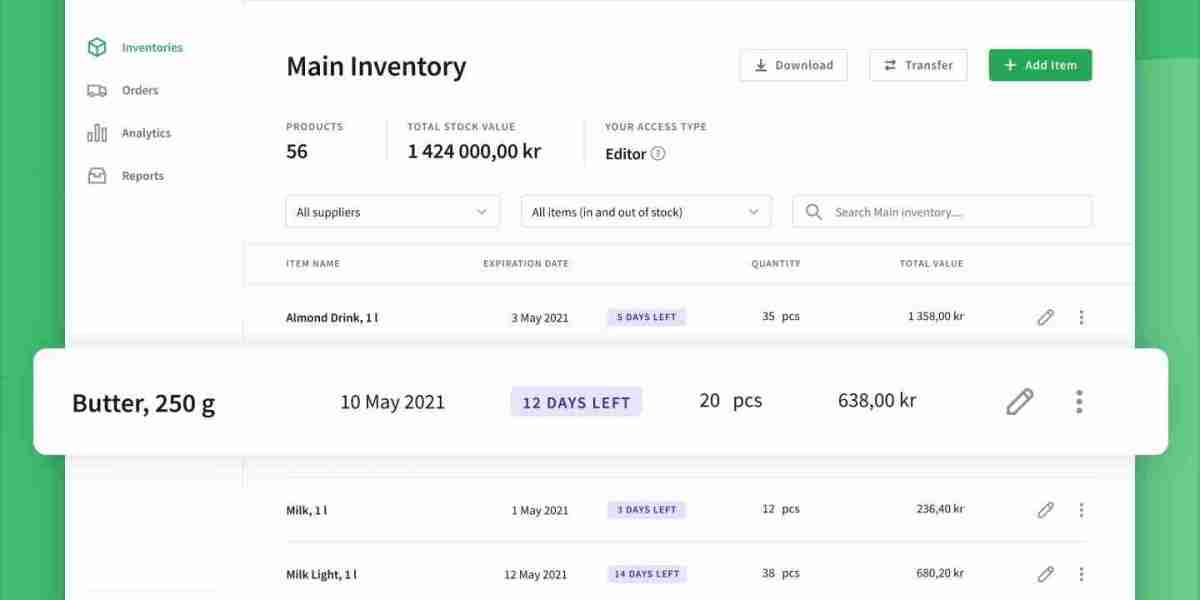In Pakistan, commuting often involves navigating congested roads, grappling with pollution, and managing rising travel costs. Amid these challenges, carpooling apps have emerged as a transformative solution, revolutionizing how people travel. This guide explores the impact of these apps on commuting in Pakistan, highlighting their benefits, challenges, and future prospects.
The Need for Carpooling in Pakistan
Pakistan’s major cities, including Karachi, Lahore, and Islamabad, face severe traffic congestion. Daily commutes can turn into frustrating, time-consuming experiences, with roads often clogged during peak hours. For instance, in Karachi, traffic jams can extend travel times by up to 50%, significantly affecting productivity and quality of life.
The environmental impact of this congestion is equally concerning. High traffic volumes contribute to elevated levels of air pollution, exacerbating health issues and diminishing the overall quality of urban living. According to environmental reports, Pakistan is among the countries with the highest levels of air pollution, largely driven by vehicular emissions.
Economically, commuting costs are rising. Fuel prices are volatile, and maintenance costs for personal vehicles add up over time. Many people are seeking ways to reduce their travel expenses, making carpooling a compelling alternative.
The Rise of Carpooling Apps
In response to these challenges, carpooling apps have gained traction in Pakistan. Apps like Easy Lift and others have become popular for their ability to streamline the carpooling process. These platforms connect individuals with similar travel routes, allowing them to share rides and split costs.
The functionality of these apps is straightforward. Users enter their travel details, such as pick-up and drop-off locations, and the app matches them with others traveling in the same direction. This system not only makes it easier to find carpooling partners but also optimizes routes for efficiency.
The adoption of these apps has been growing steadily. Reports indicate a significant increase in user registrations and daily trips facilitated by these platforms. This growth reflects a broader shift towards more sustainable and cost-effective commuting options.
Benefits of Carpooling Apps
Carpooling apps offer numerous benefits:
Reduced Traffic Congestion: By consolidating multiple commuters into fewer vehicles, carpooling alleviates road congestion. Fewer cars on the road mean smoother traffic flow, which can lead to quicker travel times for everyone.
Environmental Benefits: Carpooling contributes to lower carbon emissions. Sharing rides reduces the number of vehicles on the road, leading to decreased air pollution. This is a crucial step towards addressing the environmental challenges faced by Pakistani cities.
Cost Savings: Sharing a ride means sharing the cost of fuel and maintenance. For many users, this translates to substantial savings compared to driving alone. This economic benefit makes carpooling an attractive option for budget-conscious commuters.
Convenience and Flexibility: Carpooling apps offer a user-friendly experience, with features like real-time tracking, route optimization, and flexible scheduling. These features enhance the convenience of carpooling, making it a viable alternative for many people.
Challenges and Considerations
Despite their advantages, carpooling apps face several challenges:
Safety and Security: Ensuring the safety of users is a top priority. Apps implement measures such as user verification and ride tracking to enhance security. However, it remains important for users to exercise caution and adhere to safety guidelines.
Privacy Concerns: Users may have concerns about the privacy of their personal information. Reputable apps employ robust data protection practices to safeguard user information, but transparency about data usage is essential.
Service Availability: While carpooling apps are expanding, coverage can be limited in rural areas. The availability of services in less densely populated regions remains a challenge.
User Adoption Barriers: Some individuals may be hesitant to adopt carpooling due to skepticism or a lack of awareness. Educating the public about the benefits of carpooling is crucial for increasing adoption rates.
Case Studies and Success Stories
In cities like Karachi and Lahore, carpooling apps have made a noticeable impact. For example, in Karachi, the introduction of Easy Lift has significantly reduced the number of single-occupancy vehicles on the road. Users report smoother commutes and reduced travel costs, contributing to overall improvements in urban mobility.
Testimonials from regular users highlight the positive experiences with carpooling apps. Many appreciate the cost savings and the opportunity to meet new people. These success stories underscore the practical benefits of carpooling and its potential to enhance daily commuting.
The Future of Carpooling in Pakistan
Looking ahead, the future of carpooling in Pakistan appears promising. Emerging trends, such as the integration of advanced technologies and increased government support, are likely to drive further growth. Innovations like electric vehicle carpooling and smart routing algorithms could further enhance the benefits of carpooling.
Government policies that support sustainable transportation and reduce traffic congestion can also play a significant role. By fostering an environment conducive to carpooling, authorities can help accelerate the adoption of these apps.
Conclusion
Carpooling apps are making a significant difference in how people commute in Pakistan. They offer a solution to traffic congestion, environmental issues, and rising travel costs, while also providing convenience and cost savings. As the adoption of these apps grows, they are poised to play a crucial role in creating a more efficient and sustainable urban transportation system.
For those interested in exploring carpooling options, now is the time to consider using these innovative apps and contribute to a positive change in commuting practices.






